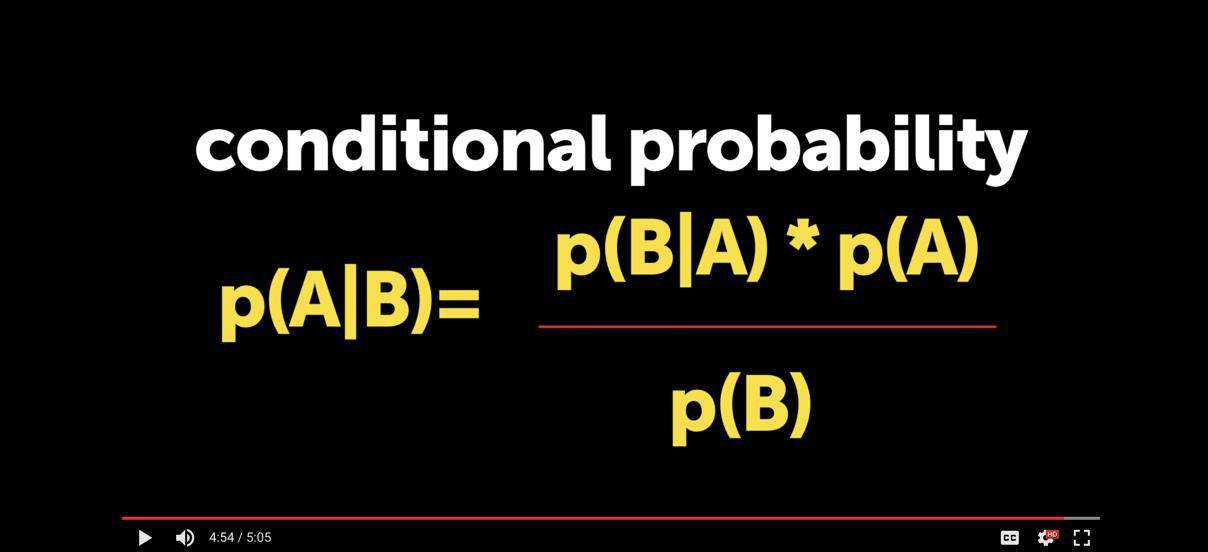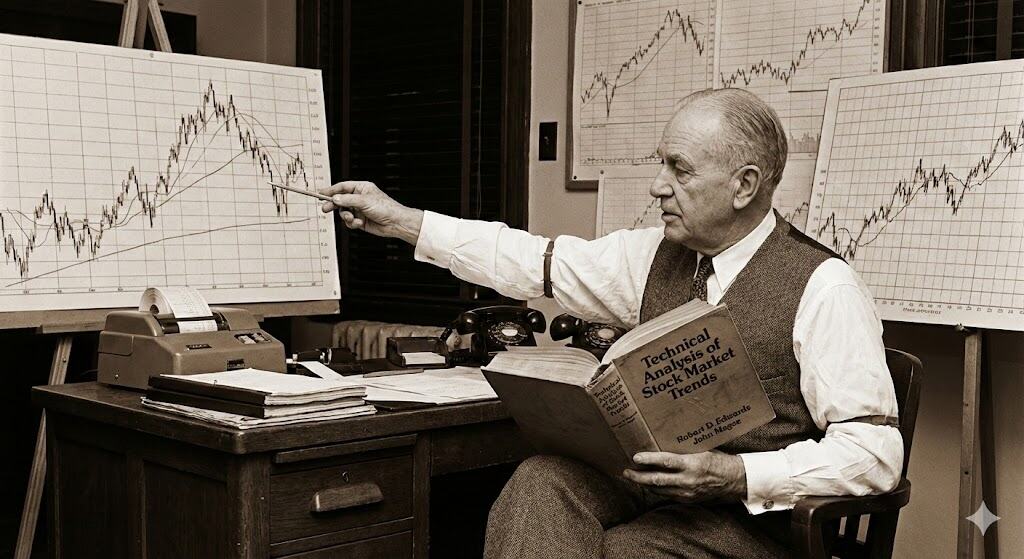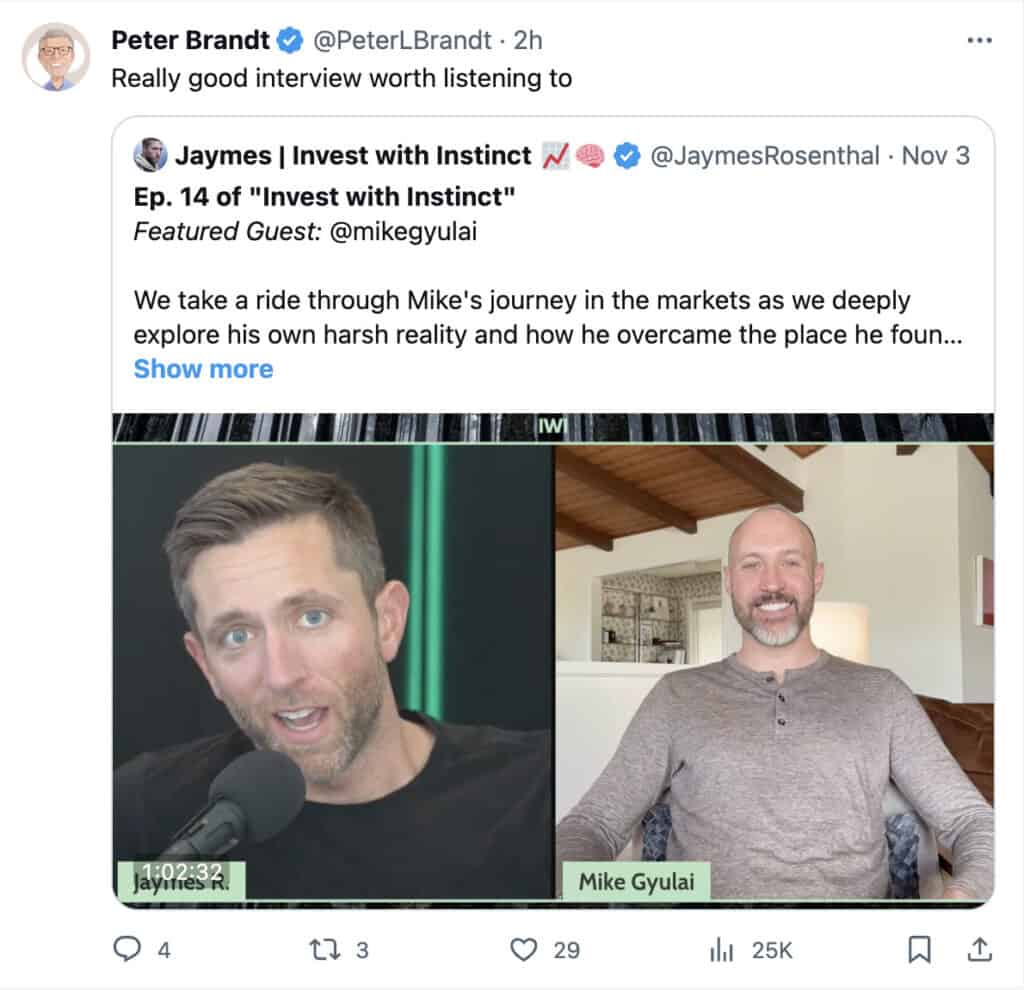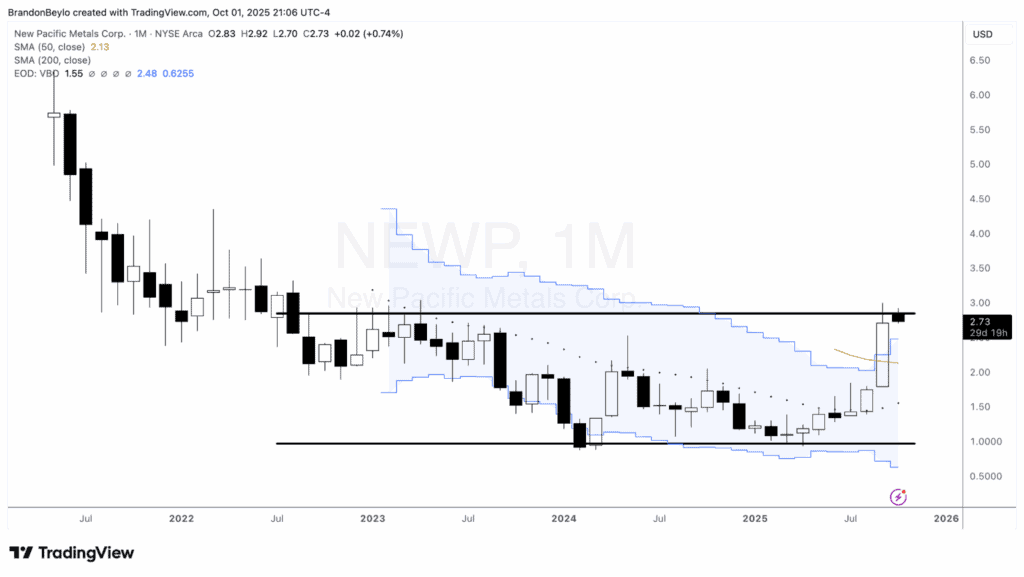We are in the business of making mistakes. The only difference between the winners and the losers is that the winners make small mistakes, while the losers make big mistakes. ~ Ned Davis
When I became a winner, I said, “I figured it out, but if I’m wrong, I’m getting the hell out, because I want to save my money and go on to the next trade.” ~ Marty Schwartz
When I see or hear of someone pushing a gigantic market call, talking as if they know exactly what’s going to happen in some well-extended time frame, my inner skeptic has a field day.
There is a HUGE difference between odds-based scenarios and needlessly gaudy predictions… and I tend to trust gaudy predictions about as far as I can throw them.
I mention this in light of three “big calls” that, though not exactly new, have garnered fresh media attention in recent weeks.
I’ll avoid naming names here, as specifics aren’t so important.
Let’s just say one of these guys is a well known perma-bear who’s been screaming about a recession over the last 10-years and now sees — can you guess? — a catastrophic recession around the corner. Another is a popular perma-bull who hasn’t seen a dip that shouldn’t be bought since he first opened his etrade account in 2000… the third is a media-hungry academic who thinks now is a “great time” to be a buy and hold investor.
Useless. All of ‘em.
It’s Not About Being “Right”
As a general rule of thumb, I could care less what media-hungry attention seekers think. The manufactured certainty is more than a bit off-putting, as is the cozying up to quote-hungry news outlets. In the swirling sea of uncertainty, here are a few things the MO trader knows to be true:
-
- The vast majority of “big calls” are an annoying waste of time.
- Being “right” or “getting a big call right” has little to do with real trading.
- Great traders have balls, but they sure as hell ain’t crystal.
- Being right and making money are two completely different things.
Why are table-pounding market calls – especially ones spoon-fed to the media for the sake of garnering attention – more often than not a waste of time?
Aside from rampant cherry-picking – step right up and pick an opinion! – one big reason is because successful trading is NOT about prediction (i.e. being “right”). Instead, it’s about seeing the markets as an odds game, and understanding the full implications of what that means.
First and foremost, seeing the markets as an odds game means constantly putting the odds in your favor.
Always acting pragmatically… always in concert with the dictates of observation and experience… always aligned with the twin goals of maximizing profits and minimizing risk (as applied over the full spectrum of trades).
In actual, real-world, day to day execution – something far too many pundits have far too little knowledge of! – this means cultivating a ruthless focus on making money, with being “right” so far down on the trading priority list it’s practically an afterthought.
Because, think about it – if you’re emotionally and intellectually focused on being “right,” then you aren’t truly focused on making money, are you?
Or, if you’re captivated by all the dough you’re going to make by being “right,” then you are probably hopelessly enmeshed in confirmation bias and grossly neglecting the downside risk.
P&L First!
On the other hand, let’s say your primary trading focus is indeed on making money (as it should be). Let’s further say a handful of new trades are not acting right (or that the market script is otherwise going off-kilter).
Well, if P&L (i.e. making money) is the ruthless focus, what are you going to tell yourself when things get iffy? That you should stick to your guns and keep those funky-smelling positions on because, dammit, you are “right” and the market is wrong?
No way José. A truly good trader will act in the best interests of P&L first… even if that means admitting being “wrong” in one’s initial assessment of a trade. For discretionary traders, i.e. those forced to make a steady stream of decisions as part of their discipline, this kind of thing happens all the time.
In other words, being “right” takes a backseat to making or preserving $$$ every time a market shift behooves a change of mind. (And yet, the table-pounding types NEVER seem to change their minds. Notice that?)
There is simply no way around it: Being right and making money are competing priorities… and a focus on one greatly diminishes the other.
Prediction versus Conviction
Something else: It’s important to distinguish between flashy calls and high-conviction probabilistic assessments based on accumulated evidence and a clear read of market conditions. The first is an ego trip; the second is betting with the odds in your favor.
A damn good trade is like a damn good poker hand. You rarely if ever have 100% certainty (and you certainly don’t pretend that you do)… but you can most definitely know, based on the situational dynamics of the hand, when it’s time to bet big.
John Hussman explains the conditional probability concept well (I know, Hussman? The irony doesn’t escape me but that doesn’t detract from this explanation it just means he can’t follow his own advice):
From a Bayesian standpoint, if you always observe a certain combination of information when X occurs, and never observe that same data when X is not present, then even if X is hidden under a hat, you would conclude that X is most likely there. If I see clowns walking around the grocery store buying peanuts, and there’s a big top tent with two unicycles in front of it in the middle of what is usually an open field, I’m sorry, I’m going to conclude that the circus is in town.
Cutting Through the Crap
One final thing. Let’s say there are two opposing scenarios, both of them plausible (a fairly regular phenomenon in markets). Plausible scenario A says market “Up.” Plausible scenario B says market “Down.” Which do you choose?
Easy – you don’t worry about it. You watch and wait… and let price action be your guide.
One of the great things about price action is the way it cleaves through “analysis paralysis” like a hot knife through butter.
Simply put, price action cuts through the bullshit. It’s a lamp unto our feet (or rather, our P&L).
We can make the most of price action signals, you see, because as MO Traders we are nimble and liquid. We are speedboats, not aircraft carriers. Not for us the problems of the hidebound pension fund, the mammoth Fidelity manager who has to buy $200 million worth of stock just to move the needle, or the glacier-slow advisory board that takes three months to make a decision. Being small and fast, we can turn on a dime in real-time… and thus bypass the lumbering constraints that plague the big and slow.
So, forget prediction – and tune out anyone who tries hard to get your attention by making one. Focus on odds and gaming out the various scenarios instead, and be wary of anyone who “knows” what’s going to happen.
If you want to be consistently successful as a trader – to carve out large chunks of profit in the MO style – here is how it’s done:
You invest time and energy developing a flexible forecast – be it for an industry, a commodity, a currency, or even the broad market itself.
You digest info from high-quality sources, but with the intent of getting in tune with the market, not embracing some iron-clad far-off prediction that can’t possibly account for the dynamic nature of markets in the first place.
You do your fundamental homework and your due diligence legwork, gathering useful data to give you a sense of conditional probabilities and odds-based assessments. You work with probabilities, not certainties, in mapping out your potential trade setups.
You make it your primary focus to get a handle on the scenarios – to synch up with the ‘market script’ – as opposed to consulting a crystal ball. You regularly consult the charts and maintain a general awareness of how other market participants are positioned. You overlay all such activities with a ruthless focus on MAKING MONEY as opposed to being “right.”
And then, when your trading vehicle of choice approaches an actionable juncture, you watch and you wait… and you let the price action tell you what to do.
A favorite trading quote of mine comes from Bruce Kovner of Market Wizards fame. He put the job of a trader as this.
One of the jobs of a good trader is to imagine alternative scenarios. I try to form many different mental pictures of what the world should be like and wait for one of them to be confirmed. You keep trying them on one at a time. Inevitably, most of these pictures will turn out to be wrong — that is, only a few elements of the picture may prove correct. But then, all of a sudden, you will find that in one picture, nine out of ten elements click. That scenario then becomes your image of the world reality.
Another Wizard profiled in Schwagger’s iconic series is Stan Weinstein (he authored an excellent trading book titled “Secrets for Profiting in Bull and Bear Makrets”). Anyways, Stan who’s motto was “The tape tells all” was an incredible market timer — he made a LOT of money playing the big swings in the market.
He didn’t do this by being an ideologue, having an opinion on the market’s direction and then seeking out confirming data. He looked at what he called the “weight of the evidence”, which for him was a dashboard of 48 technical market indicators that looked at everything from margin debt levels to credit spreads, call-put ratios, odd-lot short sales, and more.
These indicators never gave him a “sure bet”. They were just data points that added up to odds in a constantly evolving continuum where the tape was the final arbiter.
Quite a different process than the one practiced by those who’ve been confidently predicting a recession since the last one, isn’t it?
In the following series of posts, we’re going to imagine alternate scenarios and evaluate the weight of the evidence by going through our process for pulling signal out from all the noise.
Stay tuned…










